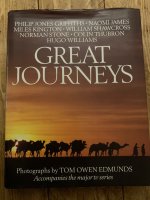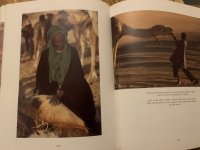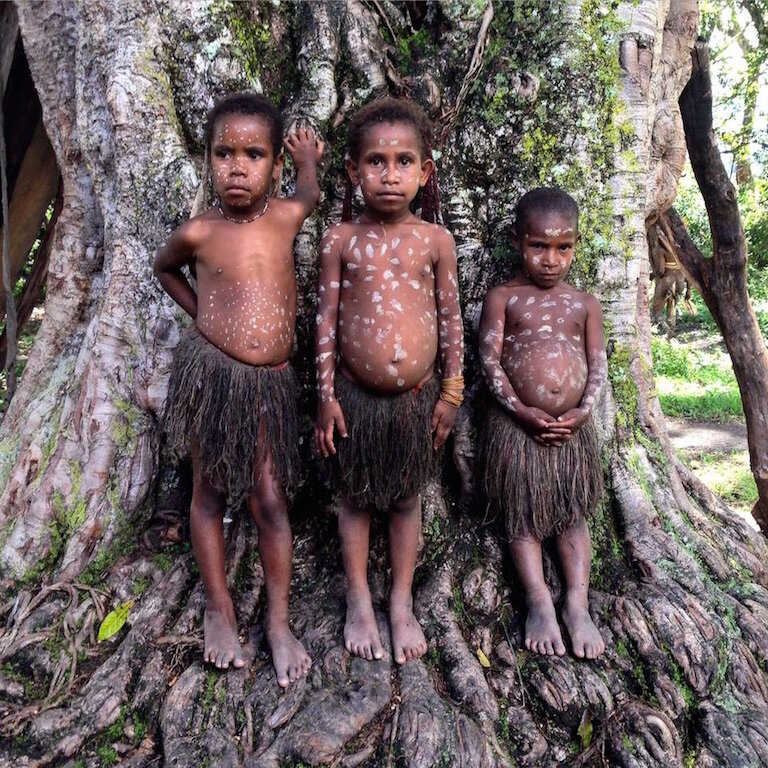Found this great photo book the other day for 50 whole pence!! I don't normally buy photo books unless I truly know the pictures will inspire me every time I look at them!
I started on film 35mm in 1998, but didn't know jack about photography gear or best practice then. I moved to digital in around 2010.
This book is from 1989, so it's obvious the photogs were using film.
I am keen to know what brands / models they would have been using then? There are around 8 different photographers presented in this book, so obviously they'll all be using different gear and different lenses.
Looking at these images takes me back to some of my most prized photographs I have taken myself on film, there's a certain depth you can't get on digital. This is not something you can see, it's something you feel.
Film is a literal physical imprint of time and light frozen into eternity.


Images by Tom Owen Edmunds - 1980s - Titled "The Salt Road". The Salt Road is an ancient caravan route that stretches across the Saharan Desert, Africa.
I started on film 35mm in 1998, but didn't know jack about photography gear or best practice then. I moved to digital in around 2010.
This book is from 1989, so it's obvious the photogs were using film.
I am keen to know what brands / models they would have been using then? There are around 8 different photographers presented in this book, so obviously they'll all be using different gear and different lenses.
Looking at these images takes me back to some of my most prized photographs I have taken myself on film, there's a certain depth you can't get on digital. This is not something you can see, it's something you feel.
Film is a literal physical imprint of time and light frozen into eternity.


Images by Tom Owen Edmunds - 1980s - Titled "The Salt Road". The Salt Road is an ancient caravan route that stretches across the Saharan Desert, Africa.
Last edited:





